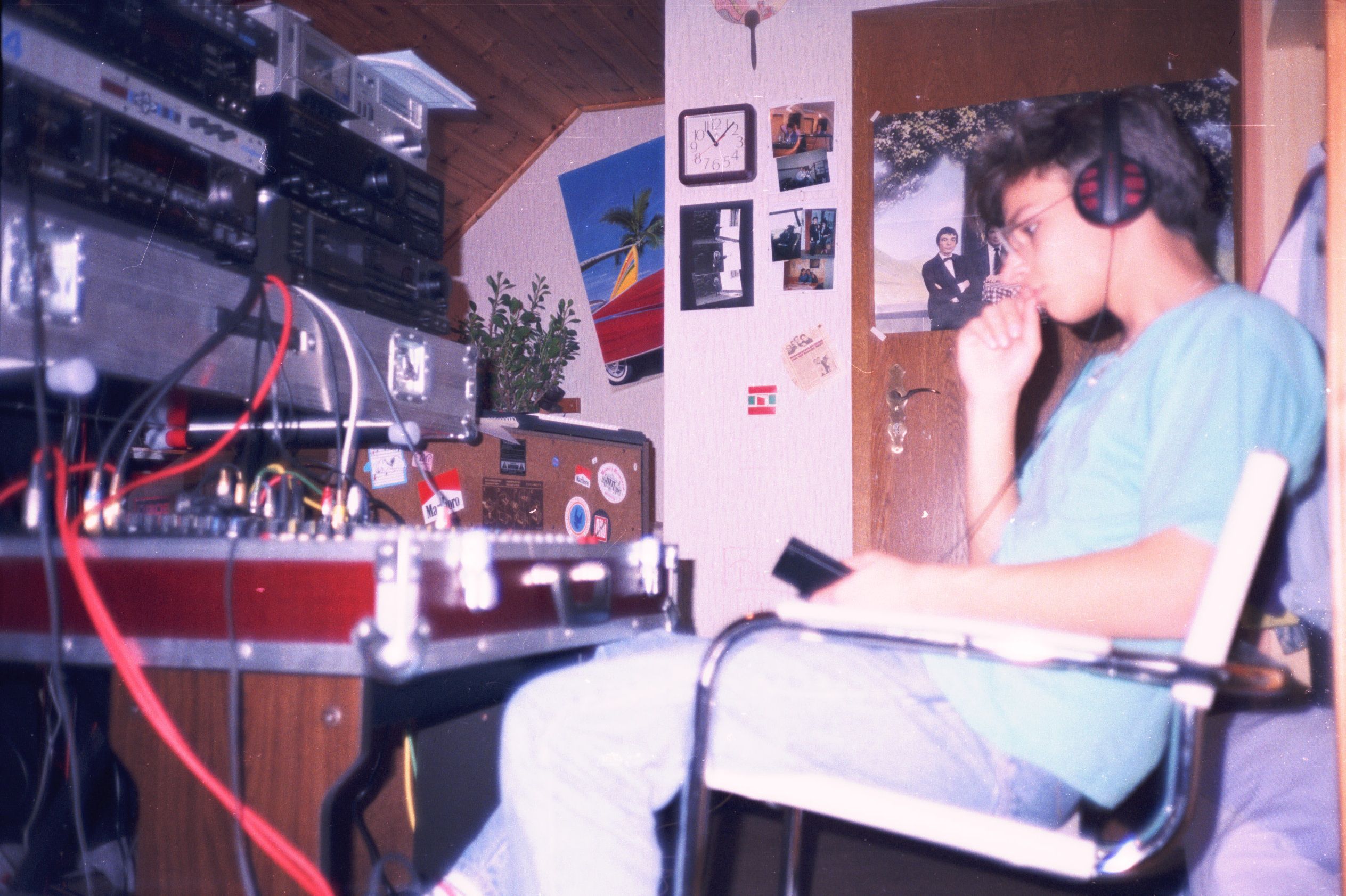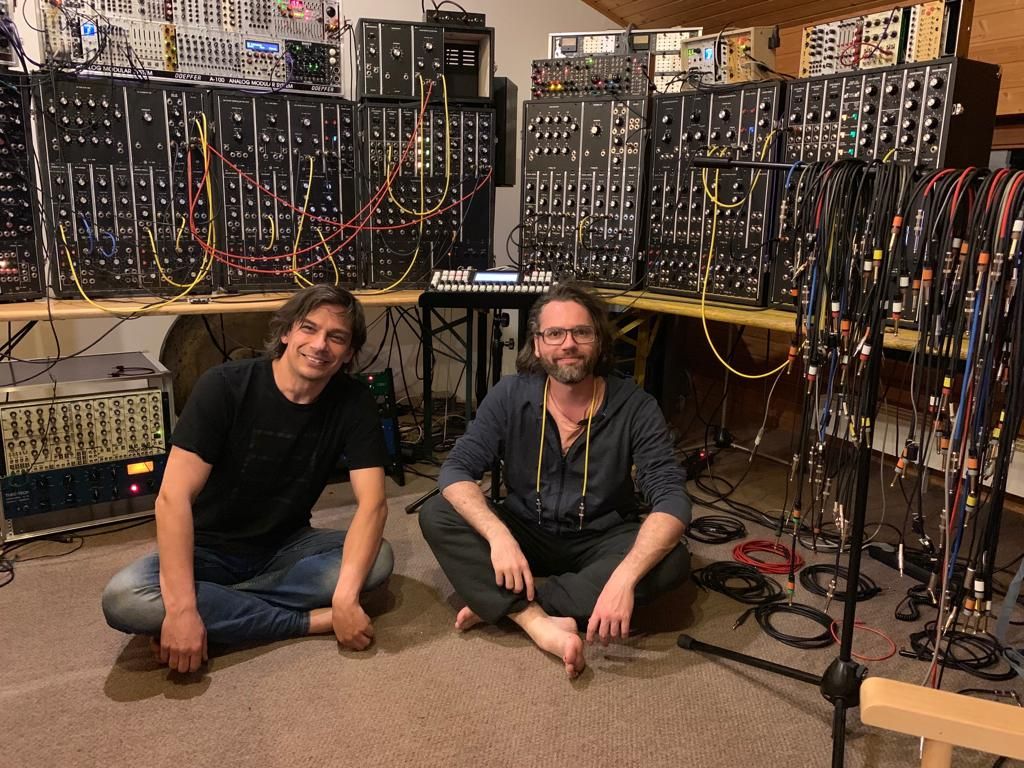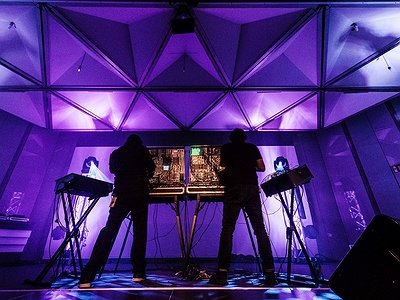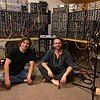Name: Ströme
Members: Mario Schönhofer, Tobias Weber
Nationality: German
Occupation: Producer, bassist (Mario), producer, percussionist, drummer (Tobias)
Current Release: Ströme's new album Ströme 2 is out via Compost. It features Nick McCarthy (Franz Ferdinand) and makes intensive use of the legendary Moog lllp synthesizer.
Gear Recommendations: Doepfer A-155 Sequencer, Strymon Magneto, Sequentix Cirklon
If you enjoyed this interview with Ströme, visit the duo's official website for more music, and recent updates. They are also on Instagram, Facebook, and Soundcloud.
What was your first studio like?
Mario: Take a look (1989):
How and for what reasons has your set-up evolved over the years and what are currently some of the most important pieces of gear for you?
Mario: It evolved over the years because of the need of musical voices in the compositions I had to cover.
Tobi: When we started Ströme, many of the new eurorack-modules had not been invented yet.
Over the years new equipment helped us to make music the way we do it now.
Some see instruments and equipment as far less important than actual creativity, others feel they go hand in hand. What's your take on that?
Tobi: For us, equipment and creativity go hand in hand. The user interfaces and sounds influence our music.
A studio can be as minimal as a laptop with headphones and as expansive as a multi-room recording facility. Which studio situation do you personally prefer – and why?
Mario: I prefer a living room with the Moog, a delay, a phaser and the cirklon sequencer.
Tobi: I think the truth lies somewhere in between.
It is great to have quite a bit of equipment, but there is a point when it gets too complicated. (laughs)
From traditional keyboards to microtonal ones, from re-configured instruments (like drums or guitars) to customised devices, what are your preferred controllers and interfaces? What role does the tactile element play in your production process?
Tobi and Mario: Our preferred controller is the cirklon sequencer from sequentix. But we also love the analogue one’s like a Doepfer A-155 and the Moog 960.
Most would regard recording tools like microphones and mixing desks as different in kind from instruments like keyboards, guitars, drums and samplers. Where do you stand on this?
Mario: Everything is important to us: From the sound source, the effects to the recording chain. 
How would you describe the relationship between technology and creativity for your work? Using a recent piece as an example, how do you work with your production tools to achieve specific artistic results?
Mario: This relationship is very important to us.
For example the use of different sequencers results in different musical ideas..
How do you retain an element of surprise for your own work – are there technologies which are particularly useful in this regard?
Mario: We love randomization. But we like to use it in a strictly musical context.






